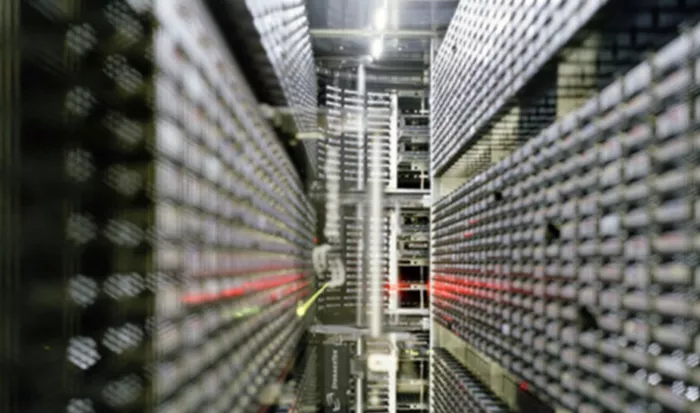Data center operators are increasingly collaborating with pipeline companies to secure direct connections for onsite natural gas generation as they navigate power supply challenges and lengthy grid connection delays. With utility companies reporting wait times of five to seven years for grid hookups, the strategy of co-locating natural gas-fired generation with data centers is seen as a viable and potentially cost-effective alternative.
Kinder Morgan, which supplies about 20% of the nation’s power demand, is currently in discussions related to power demand totaling over 5 billion cubic feet per day (Bcf/d). Of this, approximately 1.6 Bcf/d is linked to data center demand, driven by factors such as population shifts, the onshoring of manufacturing, and coal-to-gas conversions in states like Kentucky and Tennessee. This was highlighted by Kinder Morgan CEO Kimberly Dang during the Barclays CEO Energy-Power Conference earlier this month.
While a Kinder Morgan spokesperson referred inquiries to recent earnings reports and conference discussions, the trend is echoed by other major players in the pipeline industry. Williams Co., which transports one-third of the nation’s natural gas and operates the largest natural gas transmission pipeline, reported a surge in demand for natural gas to power data centers. Vice President of Williams’ New Energy Ventures, Jacyln Presnal, noted that interest is not limited to traditional data center hubs like Virginia and Ohio but is expanding across their entire operational footprint.
Similarly, Energy Transfer, another leading pipeline company, is engaged in talks to supply power plants with new connections that could potentially consume over 5 Bcf/d of gas, as detailed in their Q2 Earnings Presentation. Current discussions with data centers indicate a potential demand exceeding 3 Bcf/d.
The surge in electricity demand is largely driven by major technology firms, including Microsoft, Google, and Amazon, which rely on rapidly growing data center operations to support cloud services, artificial intelligence development, and other digital activities. These facilities require substantial energy to operate servers, cooling systems, and other infrastructure necessary for processing vast amounts of data.
A study by the Electric Power Research Institute (EPRI) indicates that data centers could consume as much as 9% of U.S. electricity generation by 2030, more than doubling current usage. However, quantifying the specific electricity demand driven by AI remains challenging, with analysts grappling to forecast future impacts.
Presnal noted that if combined-cycle gas-fired generation were to provide all the electricity anticipated from various forecasts, it could lead to an incremental demand for U.S. gas ranging from approximately 1.7 to 12 billion cubic feet per day between 2023 and 2030.
Beyond data centers, other significant factors contributing to electricity demand in the U.S. include electrification initiatives and new manufacturing activities.
Related topics:
- Grayson Thermal Systems Welcomes New Engineering Director
- Navistar Transitions to International Motors LLC
- Niftylift’s Dual Strategy Fuels U.S. Market Expansion

